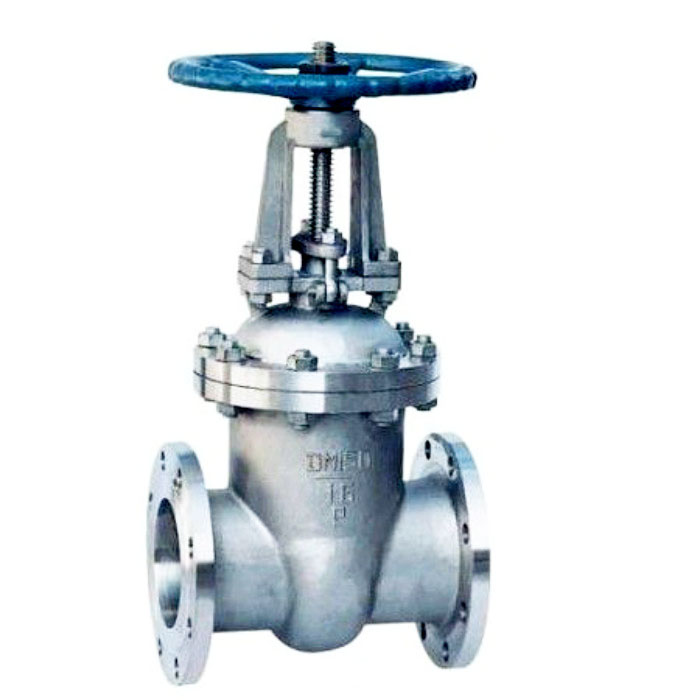How to solve the problem that the cryogenic valve is prone to stuck and unable to move?

Cryogenic valves are installed at room temperature and work at low temperatures, and the temperature range is large. If improperly designed and installed, thermal stress or deformation can easily occur. At the same time, the operating part of the valve is at normal temperature and the circulating part is at low temperature. In order to reduce the cold loss, the valve stem is often made long, and it is easy to deform and get stuck.
The main reasons why the valve is stuck at low temperature are:
1. During installation, the valve and pipeline are unreasonably configured to cause prestress; or the pipeline has poor cold compensation ability and the valve position changes at low temperature; or the valve lacks a bracket and deforms at low temperature; or the valve is improperly fixed and the cold box deforms at low temperature And affect the concentricity of the valve stem and the valve body.
2. In the design, due to the different materials of the valve stem and the valve sleeve, the coefficient of linear expansion is different. Generally, the valve stem is made of stainless steel with a linear expansion coefficient of 1.73 × 10-6 ° C-1; the valve sleeve is made of brass with a linear expansion coefficient of 19.9 × 10-6 ° C-1, which means that the shrinkage of brass is greater than that of stainless steel and may be possible at low temperatures Bite the buckle. Especially when the dark rod structure and fine thread are used, the temperature change range of the screw is large, and the thread gap is small, which is more likely to cause biting.
3. In operation, due to incomplete heating at the valve, or water ingress at the valve packing, it may cause freezing at low temperature, or close the valve too tight at normal temperature, causing the screw to bite, etc.
In order to prevent the phenomenon of valve seizure, the design should adopt a clear rod structure and coarse tooth trapezoidal thread; there should be a firm bracket on the valve during installation to prevent the valve from bending the valve stem due to the displacement of the pipeline. The valve and cold box can be fixed by elastic connection to prevent the valve stem from deforming and not being concentric with the valve body; during naked cooling, check and adjust the valve installation in the cold state, when the valve is found to be stuck after cooling , The adjustable flange of the valve on the cylinder shell can be adjusted to make it switch freely.
During operation, the heating before starting should be thorough. When closing the valve, the principle of no air leakage should be used, and do not use excessive force.